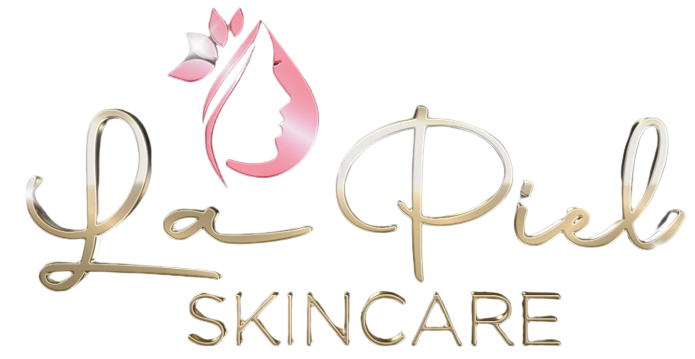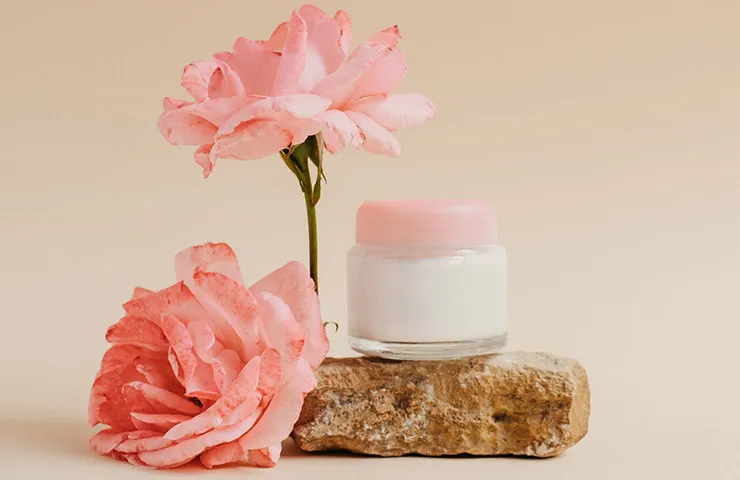Understanding Skincare: Are you ready to take better care of your skin but aren’t sure where to start? You aren’t alone. Many people struggle with this step and need a beginner’s guide to skincare that teaches them everything they need to know. In this guide, you’ll learn about the best skin care ingredients and products that really work and even get a how-to…guide that will help you.
Understanding Your Skin Can Help With This Process
Your skin is far more than what you can see with your naked eye. In fact, your skin is not just your body’s largest organ but the most complex as well. This complexity is essential because your skin is your first defense against many health problems. As a result, it is crucial to take a deep look at these many layers.
How the Skin Works
The skin’s multiple layers each serve a specific purpose in protecting you and your overall health. Therefore, each layer has different needs that your skincare routine can help maintain. Typically, you’re almost always focusing on the top skin layer because it is the most visible.
The Many Layers of Your Skin
Let’s break down each of these layers here to help you better understand their roles in your overall health and well-being. We’ll discuss these layers from the outermost layer to the innermost.
The Epidermis
The epidermis is your top skin layer and is the layer that most over-the-counter products will treat. The epidermis is typically between half a millimeter to 1.5 millimeters, depending on its location. Within the epidermis itself, you also have five sub-layers to consider. These sub-layers, from top to bottom, include:
- Stratum Corneum: The top layer of your skin helps it retain moisture and prevents bodily invasion from unwanted substances.
- Stratum Lucidum: The second layer of your skin exists only on the palms of your hands and sale of your feet to add extra thickness.
- Stratum Granulosum: The third layer contains keratinocytes that they push to the top layer of your skin to form its protective barrier.
- Stratum Spinosum: This layer is the thickest epidermis layer and holds new keratinocytes that help build your skin structure and keep your epidermis strong.
- Stratum Basale: The bottom layer of your epidermis has column-shaped cells that push older cells towards the surface.
Dermis
The middle skin layer includes the connective tissues, nerve endings, and hair follicles for your body. Typically, this is the layer that takes care of skin conditions and can be treated by prescribed treatments from a dermatologist. The dermis helps to provide extra support and strength for your skin.
Subcutaneous Tissue
The innermost layer of your skin stores your body fat and protects you from temperature changes. It also helps protect you when you fall or get hit. In this way, the subcutaneous tissue keeps foreign objects and diseases from your internal organ.
Why pH Matters
PH (potential hydrogen) measures the degree of acidity or alkalinity on a scale of 0 to 14. Your skin’s pH can vary heavily, depending on various factors. You’re pH matters because improper pH balance may cause dryness, skin damage, inflammation, and early ageing. Healthy skin is typically slightly acidic, which helps fight against various microbes and free radicals. As a result, you want to make sure your skin is between 4.2 to 6 pH, with an average level of 4.7 being very healthy. It is also important to have products containing the proper pH for a given skin type.
Most Products Only Work on the Epidermis
While your skin has deeper layers that help keep it strong, 99% of your skincare products focus on the epidermis. That’s because it is the most easily damaged skin layer and the layer that’s easiest to treat topically. So while some creams may soak reasonably deep into your epidermis and even help the dermis, most will work only on your top skin layers.
Prescription Medications Work on Deeper Problems
Doctors may prescribe things like antibacterials, antifungal agents, corticosteroids, and immunosuppressants to help treat more severe and deeper skin conditions. These items help fight infection and increase skin strength and health with beneficial corticosteroids. Depending on your needs, you may also get retinoids to help with psoriasis conditions.
Know What Ingredients Your Skincare Products Need
When choosing the best skincare products for your needs, it is crucial to focus on the ingredients that best support your skin health. Here are a few of the essential elements for your skincare products. Try to find products that have as many of these ingredients as possible:
- Aloe Vera: This natural ingredient helps hydrate the skin and provides many antioxidant benefits. It is beneficial for irritated or sunburned skin, so you may want to try this option if you suffer from skin and need relief from this frustrating issue.
- Alpha-Hydroxy Acid: Otherwise known as AHA, this ingredient helps break down dead skin cells and helps your skin look brighter and more attractive. It also exfoliates your skin and helps it breathe more fluidly. Look for either lactic or glycolic acid when shopping for skincare products.
- Antioxidants: Look for ingredients like vitamin C and E, green tee, lycopene, and niacinamide when shopping for skincare products. These antioxidants help fight off free radicals and other skin stressors and help minimize early aging symptoms.
- Argan Oil: Argan oil is a moisturizing oil that includes many lipids, fatty acids, and antioxidants that help helps with dry skin and other skin problems. Try to find a product with argan oil in small amounts, as it can make some skincare items greasy in large quantities.
- Beta-Hydroxy Acid: When fighting acne, look for BHA ingredients, as these oil-soluble exfoliants can penetrate deeply into your epidermic and clear away blackheads and other acne products. Salicylic acid is the most common and effective type for your skincare.
- Collagen: Topical skin collagen can help keep moisture in your skin and avoid that dry and uncomfortable feeling you might get from other skincare products. This option is also available in an oral treatment option, which helps improve skin elasticity.
Other ingredients that may work well for you include coenzyme, dihydroxyacetone, elastin, glycerin, humectant, and jojoba oil. A few commonly recommended products include:
- Cetaphil Daily Facial Cleanser
- Clinique Smart Custom-Repair Concentrate Serum
- Roc Multi Correxion 5-1 Anti Aging Daily Face Moisturizer
- Dermalogica Rapid Reveal Peel
- Aquaphor Healing Ointment
How to Build Your Perfect Skincare Routine
You can follow the steps below to create a great skincare routine that will work for your needs. Use the products suggested above or any others you discovered in your search. Make sure that you:
- Start by Washing Your Face: Always wash your face to prep your skin- (don’t forget the NECK and SHOULDERS) -after waking up and before bed. Use a gentle facial cleanser and massage it gently across your face. Rinse with water and pat dry with a towel.
- Moisturize Your Skin: Proper skin moisture helps to lock in all other product layers and helps keep your face safe from UV rays as well. A moisturizer with an SPF rating of 30 or higher should be good enough.
- Add Any Serums: After washing your face, use a serum with vitamin C to help protect your skin from free radicals. Would be best to apply under a moisturizer. You may also use a moisturizing cream with ingredients like hyaluronic acid.
- Moisturize Your Eye Area: Apply a simple specialized eye cream beneath your eyes using a roller-ball applicator. Doing so helps to keep your eyes from looking and feeling puffy. Use this treatment option just after you wake up and before you go to bed.
- Use a Toner: Help balance the skins pH. Add a few drops of toner into a cotton pad and swab it across your face to help break apart dead skin cells. Most toners have a higher alcohol content and are designed for normal and combination skin. Focus on products with glycolic acid and use only at night. You may also use hydrating formulas if you want to keep your skin moist and healthy.
- Treat Any Obvious Problems: Lastly, fixing any obvious imperfections on your skin, such as acne and dark spots, is essential. Avoid any products that might aggravate or upset your skin and focus on moisturizing your skin and keeping it healthy.
Other Steps To Take: You may also apply retinoid to help reduce dark spots, add a face oil after using your skincare products, put on sunscreen before you leave the house, and wait for these ingredients to try before you go out for the day or head to bed for the night.
Taking Care of Your Skin
After finishing this beginner’s guide to skincare, you should feel comfortable finding the best skin care ingredients and products that really work. So make sure you follow our how-to…guide to get the best results. And don’t hesitate to reach out to us if you need any more help.

